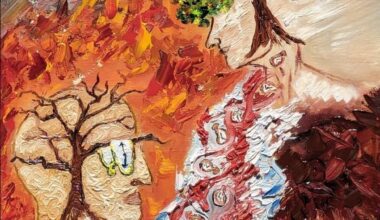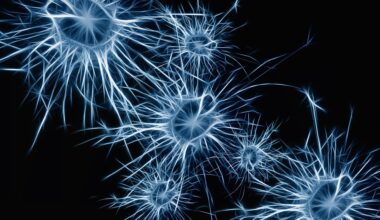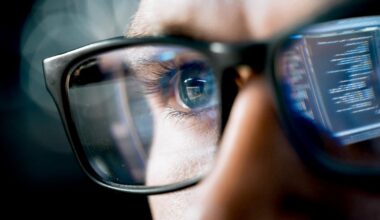Is picking up a new skill as simple as “watch and learn”? A new study from Dr. Naznin Virji-Babul and Dr. Nicola Hodges, published last week in the journal Neural Plasticity, is the first to show what happens when people learn new skills by observation, with findings that have implications for stroke recovery, education, and more.
Observational learning has long been an important component of adapting to new information, but it typically occurs as an immersive experience, as part of larger social conditioning or in reinforcing behaviours in settings such as the classroom or the sporting arena. Learning by observation has been found to be an effective component of motor learning, but how that looks in the active brain has not been well understood. Dr. Virji-Babul and her team recently looked at the mechanisms behind observational learning to determine its effectiveness overall, speculating on its impact in recovery from injury, neurological impairment, or fatigue.
“When people visualize themselves performing a task they are familiar with, it stimulates the premotor cortex,” explains Dr. Virji-Babul. “We wanted to know what was happening when people observed or imagined performing a skill they did not have experience with to understand what happens in the brain.”
Research participants were divided into three groups: one group in which participants practiced performing a task, a second in which participants simply observed someone else performing a task, and a third in which participants were given a task in which they had no practice and had not observed the task being performed. The researchers then compared group outcomes against electroencephalography (EEG) data gleaned from participants during the study exercise.
“We found that the group who had practiced the task demonstrated the most activity in the premotor cortex,” said Dr. Virji-Babul. The premotor cortex is an area of the brain that connects with the spinal cord and may play a role in planning movement or behaviour. “In the group that only observed the task before being asked to perform it, only one part of the cortex was active, and responses were not as fast and produced more errors than in the group who engaged in practice. No activation was shown in the control (no-practice) group.”
“When teaching someone a new task for the first time, observation is not enough,” says Dr. Virji-Babul. “Observation cannot replace physical practice in learning a new skill, which is an important consideration in engaging people in new motor learning activities, such as in rehabilitation exercises for stroke.”
Dr. Virji-Babul and her team will next look at whether observational learning complemented with transcranial direct current stimulation (tDCS) will be effective in activating the premotor cortex and improving learning and retention, which may improve rehabilitation outcomes for patients with stroke or neurological injury. They have already begun collecting data, and will partner with Dr. Fidel Vila-Rodriguez and his team to investigate the role of tDCS in maximizing motor learning in healthy adults.


